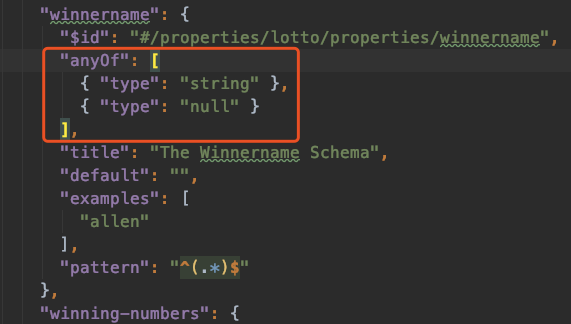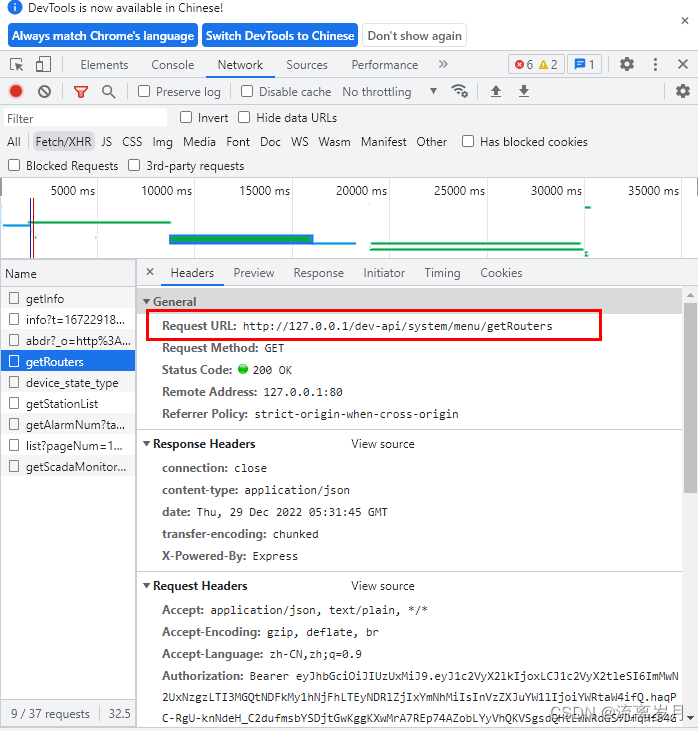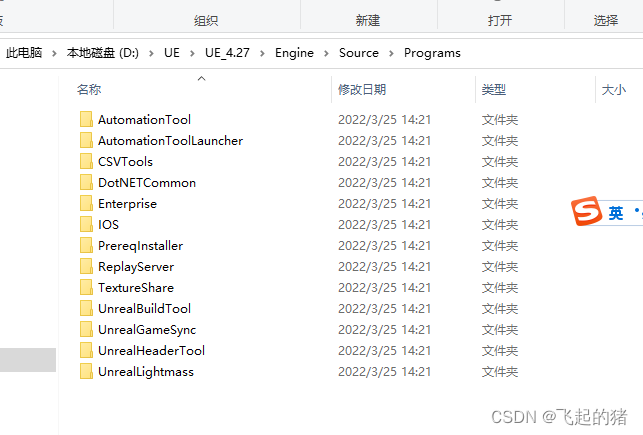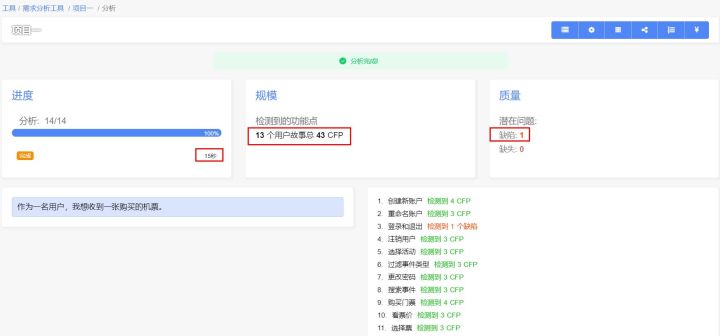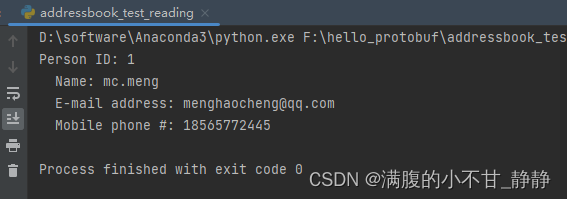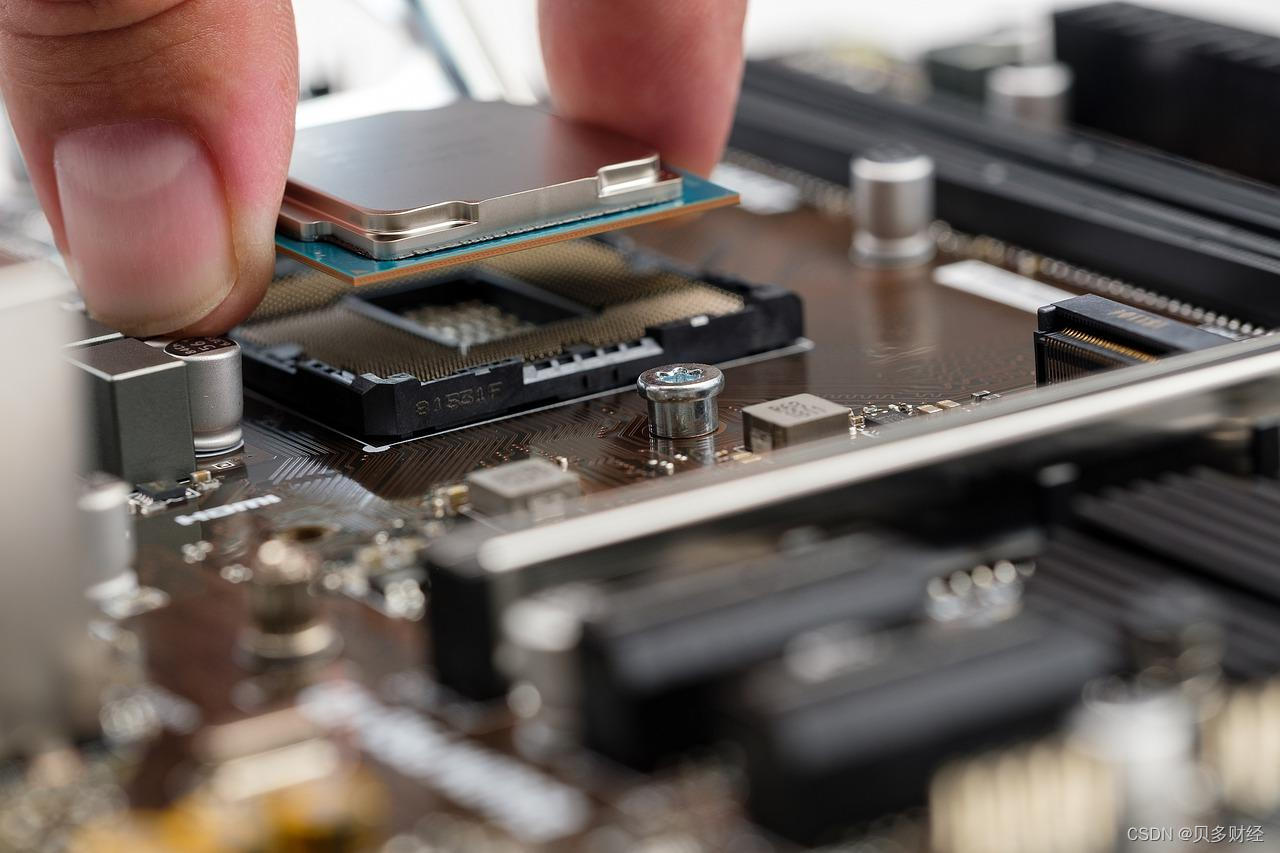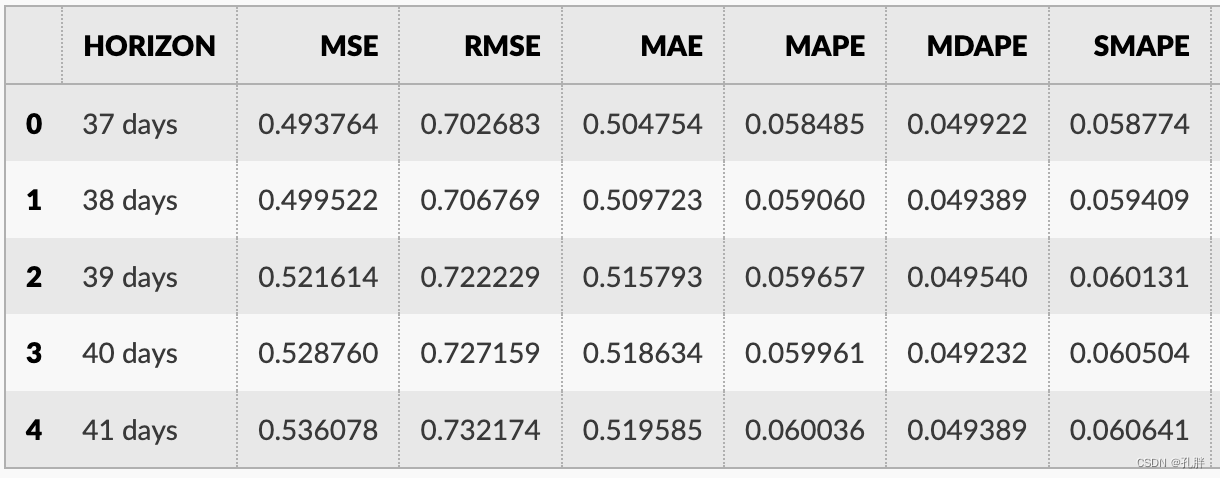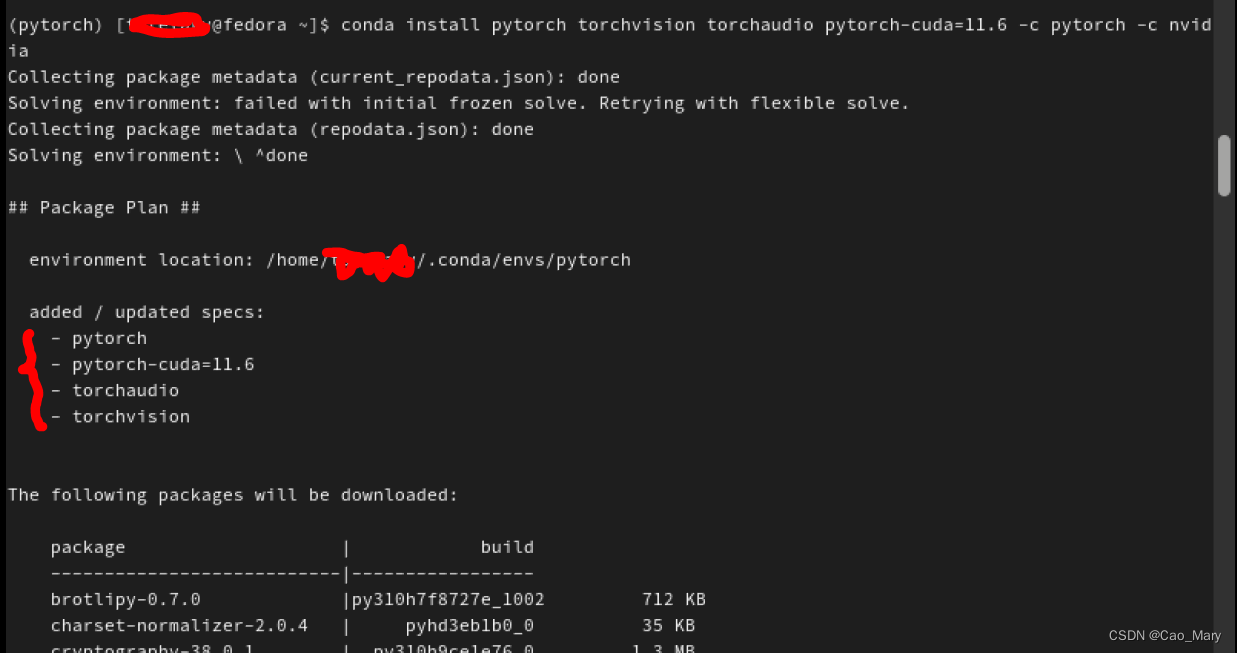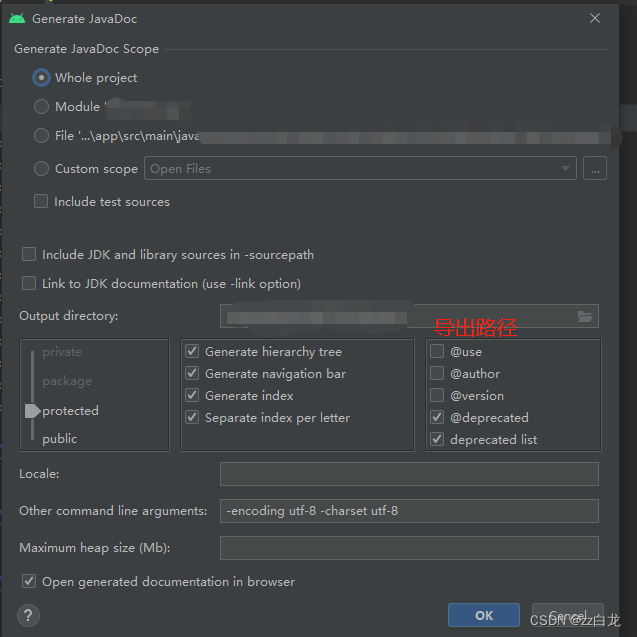前边的系列文章主要从实际平台移植和TPM环境搭建的角度讲解了TPM,现在到了踏实下来学习理论知识的时候了。从本篇文章开始,开启TPM2.0规范学习之旅。参考书目为:《A Practical Guide to TPM 2.0 — Using the Trusted Plaform Module in the New Age of Security》,封面如下:
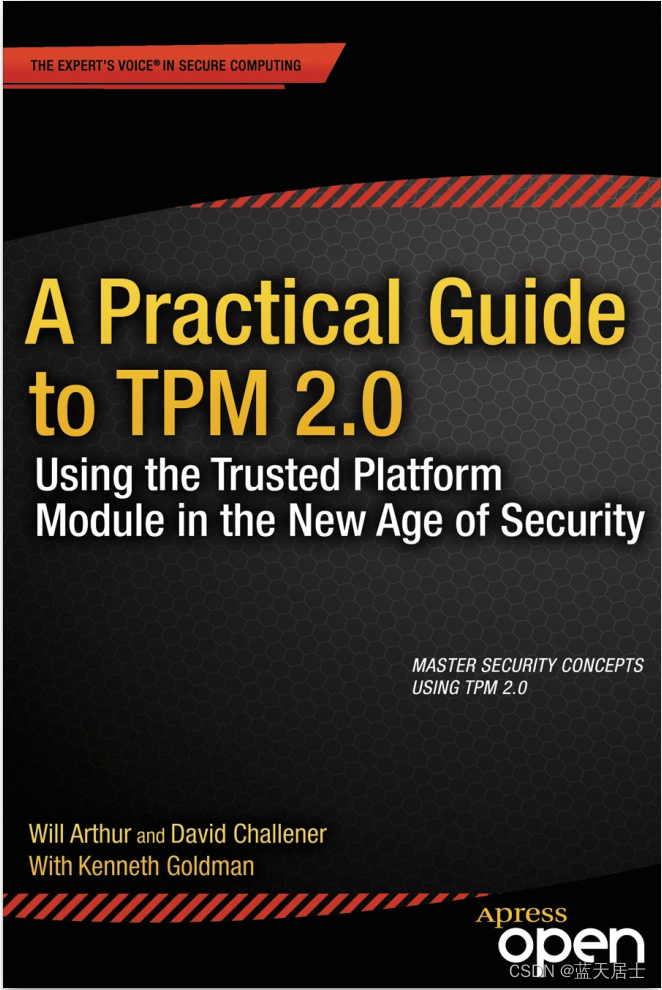
本篇文章为其前言部分内容的翻译和介绍。
Introduction —— 介绍
“Seminal!”
“Riveting! I couldn’t put it down until the last page.”
“I’m exhausted from reading this book! It kept me up three nights in a row. Where’s
my Ambien when I need it?”
“The suspense was killing me. I just had to read it straight through!”
“影响深远的!”
“饶有趣味的!我不能放下它直到最后一页。”
“我读这本书读到筋疲力尽了!它使我连续三晚不停歇。我的安比恩(安眠药名)在哪里?”
“悬念正在杀死我。我不得不通读下去!”
---------------------------------------------------------------------------------------------------------------------------------
这里必须加入本人的批注(实在看不下去了):以前觉得只有中国那帮打官腔的人才会瞪眼说瞎话,看到这段之后才知道原来外国人也有这臭不要脸的!这本规范的书明明是晦涩难懂、看几页就使人昏昏欲睡或者放下书不愿意再翻开的,愣说非常引人入胜、让人无法入睡。不知这帮孙子怎么舔着脸写出这段文字的……
---------------------------------------------------------------------------------------------------------------------------------
Although these responses to our book would be gratifying, it’s doubtful that any book
on digital security will ever garner this type of reaction. Digital security is the computer
equivalent of disaster insurance. Few people care very much about it or give it much
thought, and everyone hates paying for it … until a catastrophe hits. Then we are either
really glad we had it or really sad that we didn’t have enough of it or didn’t have it at all.
尽管这些对于我们的书的反馈是令人满意的,但令人怀疑的是,任何一本数字安全方面的书都会获得这样的反应。数字安全等同于计算机中的灾害保险。很少有人关心它或者认真考虑它,每个人都痛恨为它付钱……直到一场大灾难来袭。到那个时候我们或者真高兴已经有了它,或者真悲伤没有足够的它或者完全没有它。
We may sound like Chicken Little crying the “the sky is falling, the sky is falling,”
but mark our words: a digital security catastrophe is headed your way. We could quote
a plethora of statistics about the rising occurrence of digital security threats, but you’ve
probably heard them, and, quite frankly, you don’t care, or at least you don’t care enough.
It’s questionable whether any preaching on our part will make you care enough until
you’re personally impacted by such a calamity, but we’ll try anyway.
When your reputation is tarnished, your finances are impacted, your identity is
stolen, your physical well-being is threatened, your company’s reputation and finances
are harmed, and, quite possibly, your country is overthrown, then you’ll wake up to the
need for cyber security. But it might be too late then. Like people living in a flood zone,
the question isn’t whether the flood is coming, but rather when the disaster will hit and
whether you’ll be prepared for it. The time to buy digital-security flood insurance is now!
Don’t wait until the flood hits.
A Practical Guide to TPM 2.0 can be part of your digital-security insurance policy.
The TPM was designed as one of the core building blocks for digital security solutions. The November 2013 “Report to the President: Immediate Opportunities for Strengthening the
Nation’s Cybersecurity” recommends “the universal adoption of the Trusted Platform
Module (TPM), an industry-standard microchip designed to provide basic security-
related functions, primarily involving encryption keys, including for phones and tablets.”
Computers and devices that incorporate a TPM are able to create cryptographic keys and
encrypt them so they can be decrypted only by the TPM. A TPM provides this limited
but fundamental set of capabilities that higher layers of cybersecurity can then leverage.
Today, TPMs are present in many laptop and desktop personal computers. They’re used
by enterprises for tasks like secure disk encryption, but they have yet to be incorporated
to any significant extent in smartphones, game consoles, televisions, in-car computer
systems, and other computerized devices and industrial control systems. This needs to
happen for such devices to be trustworthy constituents of the increasingly interconnected
device ecosystem.
Our passion in writing this book is to empower and excite a rising generation of IT
managers, security architects, systems programmers, application developers, and average
users to use the TPM as the bedrock of increasingly sophisticated security solutions that
will stem the rising tide of threats that are being aimed at us, our employers, and our civil
institutions. Furthermore, the TPM is just plain cool. How many engineers, as children,
played with simple cryptography for fun? The ability to send an encrypted message to
a friend appeals to the secretive part of our human nature—the same part that enjoyed
playing spy games when we were young. And besides being fun, there’s something
inherently, morally right about protecting people’s assets from being stolen.
The TPM 2.0 technology can accomplish this. We believe in this technology and hope
to make believers of you, our readers, as well. Our hope is that you’ll get as excited about
this technology as we are and “go out and do wonderful things” with it, to paraphrase
Robert Noyce, one of Intel’s founders.
Why a book? —— 为什么成书?
Technical specifications are typically poor user manuals, and TPM 2.0 is no exception.
One reader of the specification claimed it was “security through incomprehensibility.”
Although the specification attempts to describe the functionality as clearly as possible,
its prime objective is to describe how a TPM should work, not how it should be used. It’s
written for implementers of TPMs, not for application writers using TPMs.
Also, for better or for worse, the detailed operations of the TPM commands are
specified in C source code. The structures are defined with various keywords and
decorations that permit the Word document to be parsed into a C header file. Microsoft
agreed with TCG that the source code in the specification would have an open source
license and could be used to implement a TPM. However, although C can describe
actions very precisely, even the best code isn’t as readable as text. One of the major
purposes of this book is to interpret the specification into language that is more
understandable to average software developers, especially those who need to understand
the low-level details of the specification.
Many readers don’t need to understand the detailed operation of the TPM and
just want to know how to use the various functions. These readers expect TSS (the TCG
software stack) middleware to handle the low-level details. They’re interested in how to
use the new TPM features to accomplish innovative security functions. Thus, this book is
just as concerned with describing how the TPM can be used as it is with explaining how
it works. Throughout the book, as features are described, use cases for those features are
interwoven. The use cases aren’t complete—they describe what the TPM 2.0 specification
writers were thinking about when those features were designed, but the specification is so
rich that it should be possible to implement many things beyond these use cases.
Audience —— 读者
In writing this book, we’re trying to reach a broad audience of readers: low-level
embedded system developers, driver developers, application developers, security
architects, engineering managers, and even non-technical users of security applications.
We hope to encourage the broadest possible adoption and use of TPMs.
Non-technical readers will want to focus on the introductory material, including
the history of the TPM (Chapter 1), basic security concepts (Chapter 2), and existing
applications that use TPMs (Chapter 4). Visionaries who know what they want to
accomplish but aren’t themselves programmers will also benefit from reading these
chapters, because knowing the basic ways in which TPMs can be used may provide
inspiration for new use cases.
Engineering managers, depending on their needs and technical expertise, can go
as deep as they need to or want to. We hope that executives will read the book, see the
possibilities provided by TPMs, and subsequently fund TPM-related projects. When they
realize, for example, that it’s possible for an IT organization to cryptographically identify
all of its machines before allowing them onto a network, that true random number
generators are available to help seed OSs’ “get random number” functions, and that
weaker passwords can be made stronger using the anti-dictionary-attack protections
inherent in the TPM design, they may decide (and we hope they will) to make these
features easily available to everyday people.
Security architects definitely need to understand the functions provided by TPM 2.0
and, depending on the applications being developed, dive deep into how the TPM works
in order to understand the security guarantees provided. Linking disparate machines or
different functions to provide trusted software and networks should be possible using
TPM functionality as security architects get creative. Commercial availability of this
capability is long overdue.
Application developers, both architects and implementers, are a significant focus
of this book. These readers need to understand the TPM from a high-level viewpoint
and will be especially interested in the use cases. TPM 2.0 is feature rich, and the use
cases we describe will hopefully inspire creativity in developing and inventing security
applications. Developers have to know the basics of symmetric and asymmetric keys and
hashes in developing their applications—not the bit-by-bit computations, which are done
in the TPM or support software—but rather the types of guarantees that can be obtained
by using the TPM correctly.
We also want the book to be useful to embedded system developers, middle ware
developers, and programmers integrating TCG technology into operating systems and
boot code. The TPM now exposes more general-purpose cryptographic functions, which
are useful when a crypto library isn’t available due to either resource constraints or
licensing issues. We hope that low-level developers will find that this book goes as deep
as they need it to and that it serves as a critical tool in interpreting the specification.
Toward this end, diagrams and working code examples are used to help clarify many
concepts. We expect that embedded systems will increasingly use TPMs as the cost of
the technology is reduced (making cryptographic computations cheap to integrate into
embedded software) and as attacks on embedded software become more active.
Roadmap —— 路线图
If you’re new to security or need a refresher, Chapter 2 gives an overview of the security
concepts required to understand the book. This chapter provides high-level knowledge
of cryptography: we explain symmetric and asymmetric keys, secure hash algorithms,
and how a message authentication code (MAC) can be used as a symmetric key digital signature. This chapter doesn’t delve into the underlying math used to implement
cryptographic algorithms; this isn’t intended as a general-purpose security or
cryptography textbook, because there is no need for most TPM 2.0 developers to possess
that depth of knowledge.
Chapter 3 presents a high-level tutorial on TPM 2.0 and the design rationale behind
it. It begins with applications and use cases enabled by TPM 1.2, all of which are also
available in TPM 2.0, and then continues by describing the new capabilities that are
available with the TPM 2.0 specification. This chapter should help you understand why
people are excited about the technology and want to use it in their applications and
environments.
Chapter 4 describes existing applications that use TPMs (currently, mostly 1.2). We
assume that many of these applications will be ported to TPM 2.0. Some are open source,
some are demonstration code written by academics to demonstrate what the TPM can
do, some are applications that have been around a long time and that can be linked to use
TPM features, and some are generally available applications written specifically to take
advantage of the TPM’s capabilities.
Chapter 5 provides a high-level orientation to the TPM 2.0 specification, offers
pointers to critical parts of the specification, and explores some best practices for using
the specification.
Chapter 6 describes the setup and use of the execution environments available for
running TPM 2.0 code examples.
Chapter 7 discusses the trusted software stack (TSS). This is presented early in the
book because succeeding code examples use various layers of the TSS.
Chapter 8 begins the deep dive into TPM 2.0 functionality with a description of
TPM 2.0 entities: keys, data blobs, and NV indices.
Chapter 9 discusses hierarchies.
Chapter 10 covers keys.
Chapter 11 discusses NV indexes.
Chapter 12 explores PCRs and attestation.
Chapter 13 is one of the most in-depth chapters and is crucial if you’re developing
low-level code or architecting systems that make extensive use of sessions and
authorizations.
Chapter 14 discusses enhanced authorization.
Chapter 15 explains key management.
Chapter 16 describes the TPM’s auditing capabilities.
Chapter 17 examines decryption and encryption sessions and how to set them up.
Chapter 18 describes object, sequence, and session context management and the
basic functionality of a resource manager.
Chapter 19 discusses TPM startup, initialization, and provisioning. In typical usage,
these occur before keys and sessions are used, but knowledge of TPM entities and
sessions is a prerequisite to understanding TPM initialization and provisioning. This is
why we include this chapter after the previous three chapters.
Chapter 20 presents best practices for debugging TPM 2.0 applications.
Chapter 21 examines high-level applications that could use TPM 2.0 functionality.
Chapter 22 discusses platform-level security technologies that incorporate TPM 2.0
devices into their security solutions.
Assumptions —— 假定
Although this is a technology book, we have tried to assume as little about our readers as
possible. Code examples use C, and a working knowledge of C is useful. However, most of
the concepts stand alone, and much of the book should be comprehensible to
non-programmers. Security concepts are explained at a high level, and every attempt is
made to make them understandable.
尽管这是一本技术书,但我们不得不假设我们的读者知道得非常少。样例代码使用C语言,有C语言的工作知识是有用的。但是,绝大多数的概念是独立的,并且书中的许多内容对于非程序员来说应该是能懂的。安全概念在高的层次上被解释,并且进行了各种尝试以使它们能够被理解。
Some knowledge of the TPM 1.2 and 2.0 specifications is definitely beneficial but not
required. We encourage you to download the TPM 2.0 specifications from
www.trustedcomputinggroup.org so that you can refer to them as you read the book.
关于TPM 1.2和2.0规范的一些知识肯定是有益的,但并不是必须的。我们鼓励你下载TPM 2.0规范从以下网址:www.trustedcomputinggroup.org。这样当你读本书时可以参考它们。
